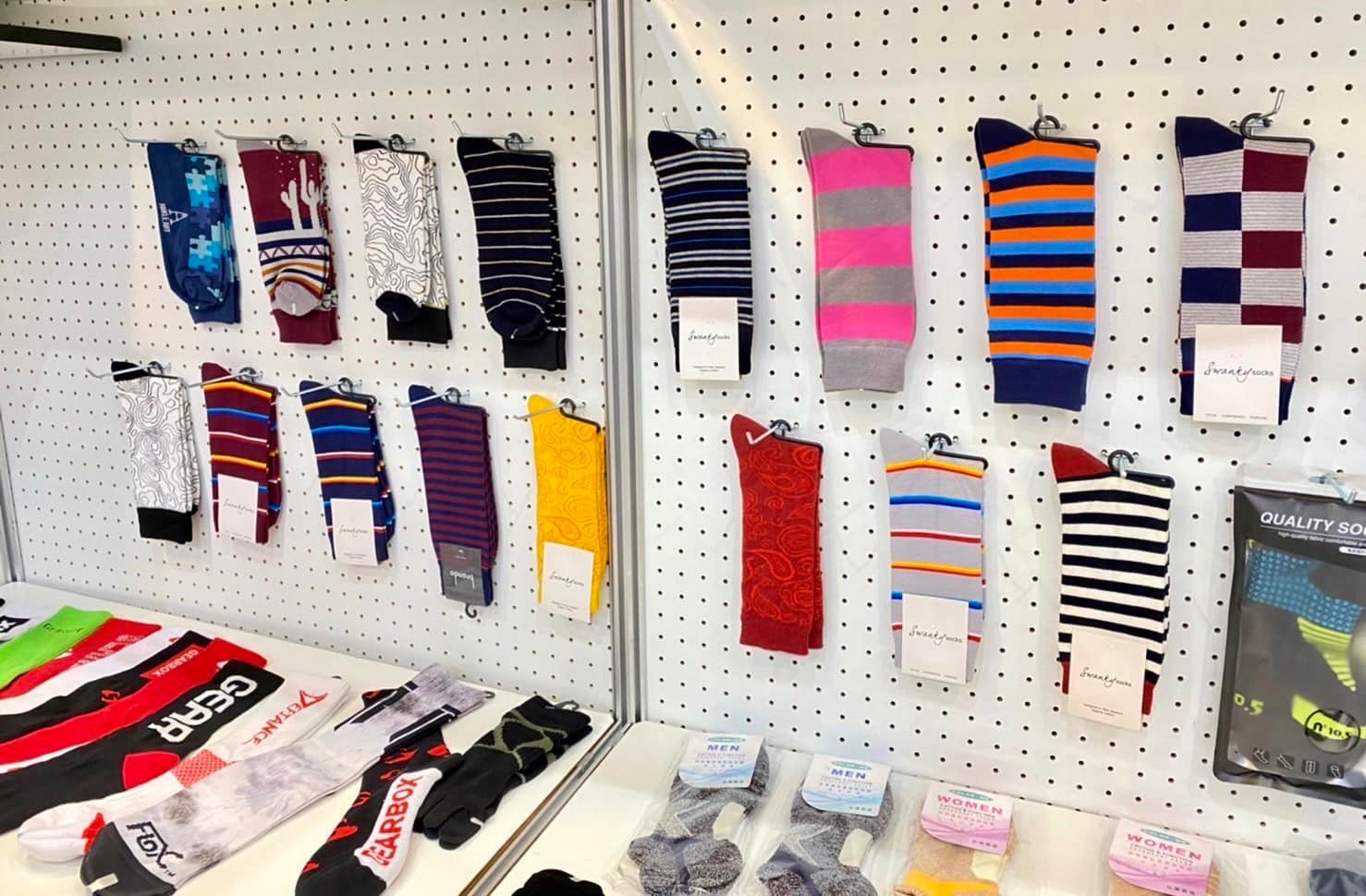【A Comprehensive History of Socks: Past to Now】
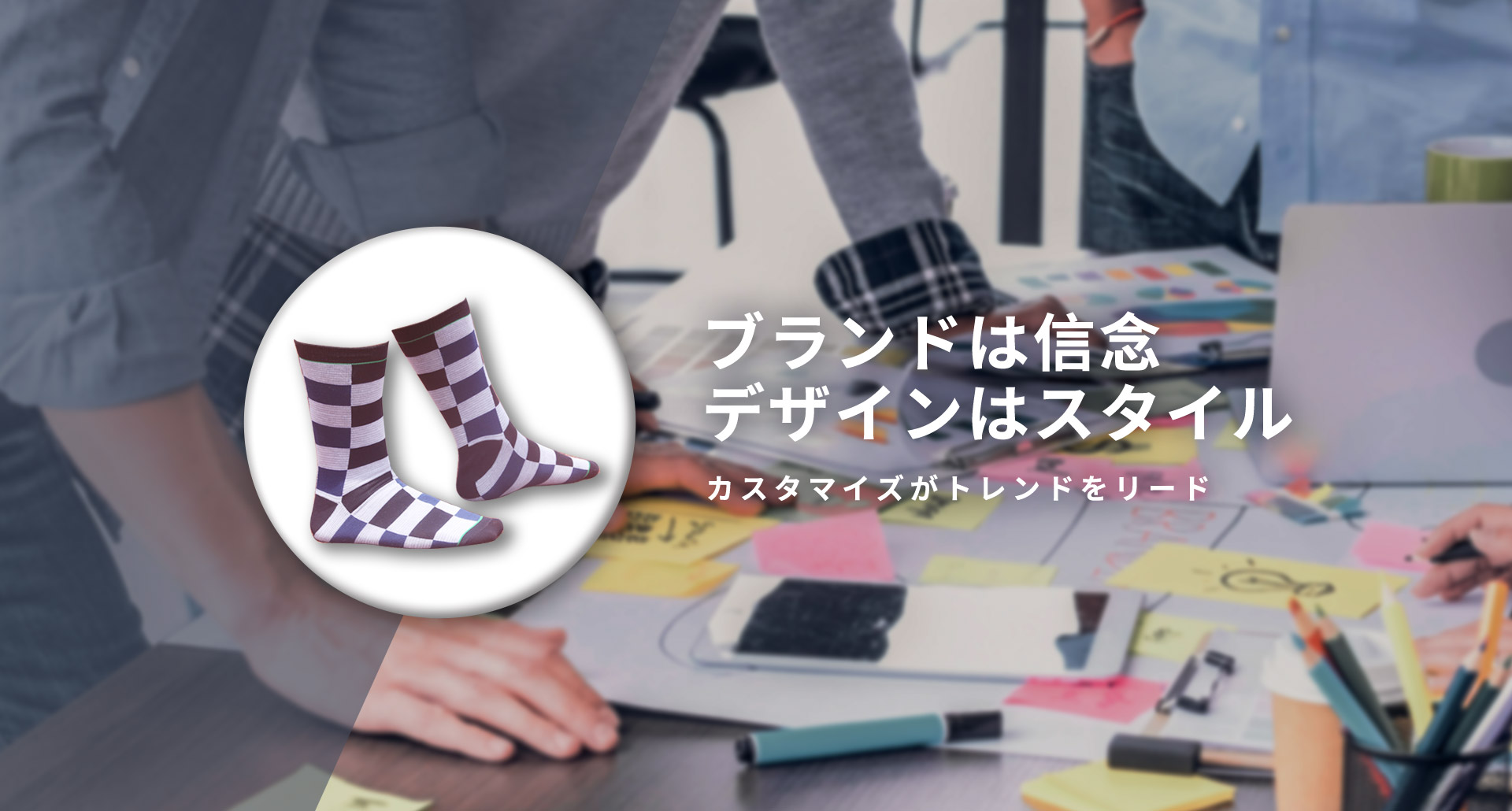
Have you ever stopped to wonder about socks’ origins, and how they evolved into the everyday accessory we know today? Socks are an essential part of modern life. They protect our feet, provide support and cushioning, prevent odors, and add a touch of style to our outfits. Socks are one of the most basic items of clothing, yet we take them for granted and not knowing about their interesting history.
As a preeminent sock manufacturer with 45-year-experience, HANDY SOCKS will delve into the history of socks and explore their fascinating journey from the feet of the ancient Greeks to our modern-day footwear. We will also take a look at sock history is the East. As well as the modern sock types, eco-friendly trends, and the role of socks in modern times. Join us on this journey through the captivating world of socks!
Where Did The Word “Socks” Come From?
The word "socks" has its origins in the Old English word "socc," which referred to a light shoe or slipper. Over time, the term evolved to specifically denote the garment that covers the foot and lower leg. The exact etymology of the word is uncertain, but it is believed to have Germanic roots. In Middle English, the word transformed into "socke" before eventually becoming "socks" in modern English.What Is The History of The Socks?
Early Origins: When Were Socks Invented? Who Invented Socks?
Socks have been around since the Stone Age, around 5000 BC, when animal hides were wrapped around the feet for warmth. The ancient Greeks wore piloi, which were made from matted animal hair in 800 BC. By the 2nd century, socks were being knitted by Romans, and by the 5th century, they were being produced in Europe. However, they were a luxury item, worn only by the wealthy.The inventor of socks remains unknown due to their ancient history and widespread use. Socks have been worn by various cultures over thousands of years, evolving with the advancements of different civilizations. The invention and development of socks were a collective effort of multiple cultures and individuals, rather than the work of a single inventor.
Medieval Times
During the medieval period, socks were made from a variety of materials such as wool, linen, and even silk. The length of the socks varied, with some reaching above the knee, which was called the stockings. While others were ankle-length. Socks are still mostly worn by the noble due to the longtime and high cost of hand-made production.The Industrial Revolution
The invention of the knitting machine in the late 16th century revolutionized the production of socks. The knitting technique made the production of socks much easier, faster, and affordable.It enabled socks to be produced on a larger scale, and at a much faster rate than before. The machine has taken over human-made production. By the 19th century, socks were being industrialized and mass-produced in factories, and they became affordable for the working class.
20th Century ~ Now
During the 20th century, different materials like nylon and polyester were invented and used for socks production. This allowed for the creation of different types of socks, like sports socks, dress socks, and ankle socks. Today, socks are available in different materials, designs, and sizes, and they are worn for various purposes, including sports, fashion, and warmth.
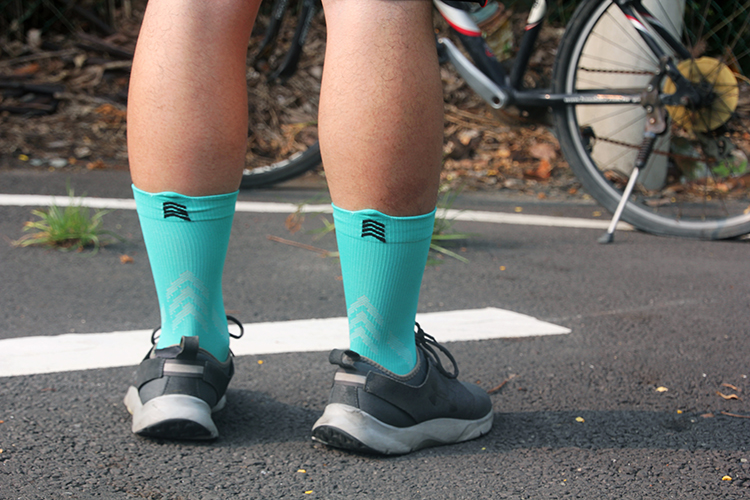
-
The History of Socks in Ancient China
Socks in China have a long history. Early socks were found in ancient tombs from the Xia Dynasty (2070 BC - 1600 BC). During the Han Dynasty (202 BC - 9 AD, 25 - 220 AD), socks were made of silk, leather, and flax, adorned with intricate designs. In the Tang Dynasty (618 – 907), socks became a fashion statement, with different colors representing social status. In the Qing Dynasty (1636-1912), cotton socks gained popularity, while embroidered silk socks were cherished by the upper classes. China's sock history is rich, with fascinating styles and developments over the centuries.
-
The History of Taiwan Sock Manufacturing Industry
The production of socks in Taiwan can be traced back to the 19th century, where socks were primarily made of cotton. During the period from 1895 to 1945, sock production underwent industrialization with the establishment of large-scale factories. After 1945, the sock industry continued to develop. The introduction of synthetic fiber materials like nylon helped in manufacturing more durable and comfortable socks, while also improving production efficiency.Today, Taiwan is renowned globally for high-quality socks in various styles and designs. 75% of Taiwanese sock manufacturers are located in Changhua County, including HANDY SOCKS. We strive for innovation, constantly exploring new materials, designs, and technologies. Taiwan's sock showcases its creative spirit, and socks remain integral to the country's culture and economy.
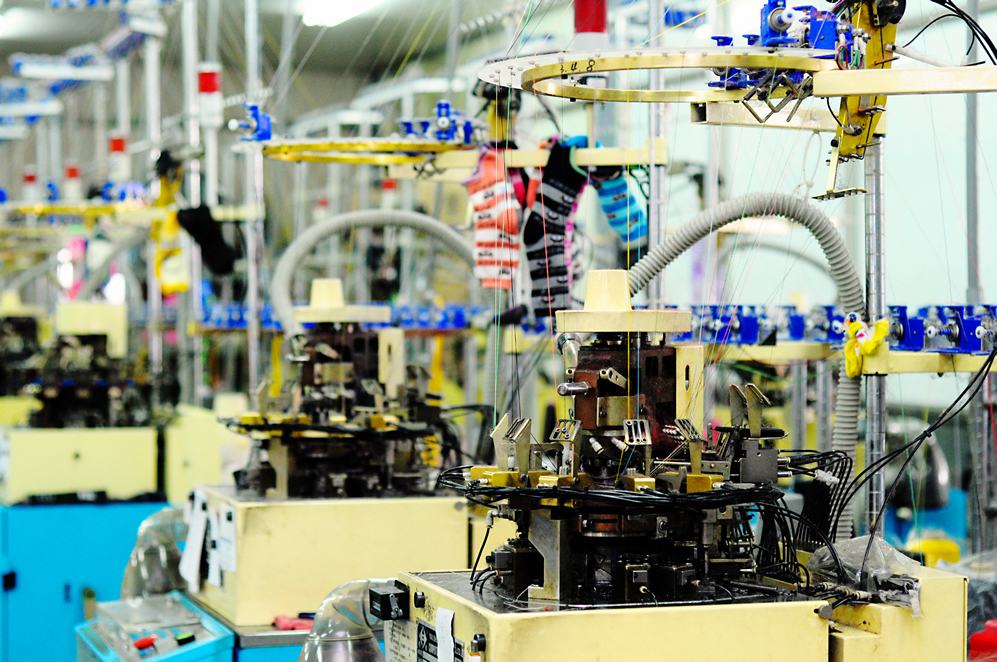
After knowing history, HANDY SOCKS will talk about the design, modern sock types, and trends.
Socks in Modern Time
Nowadays, there is a variety of sock designs, patterns, and colors. As well as a range of materials such as cotton, wool, and synthetic fibers. Sports socks have added features such as arch support, cushioning, and moisture-wicking properties.Socks continue to play a significant role in modern times. They have evolved beyond their basic function of providing warmth and protection for the feet to becoming a fashion statement and an essential accessory in our daily lives.
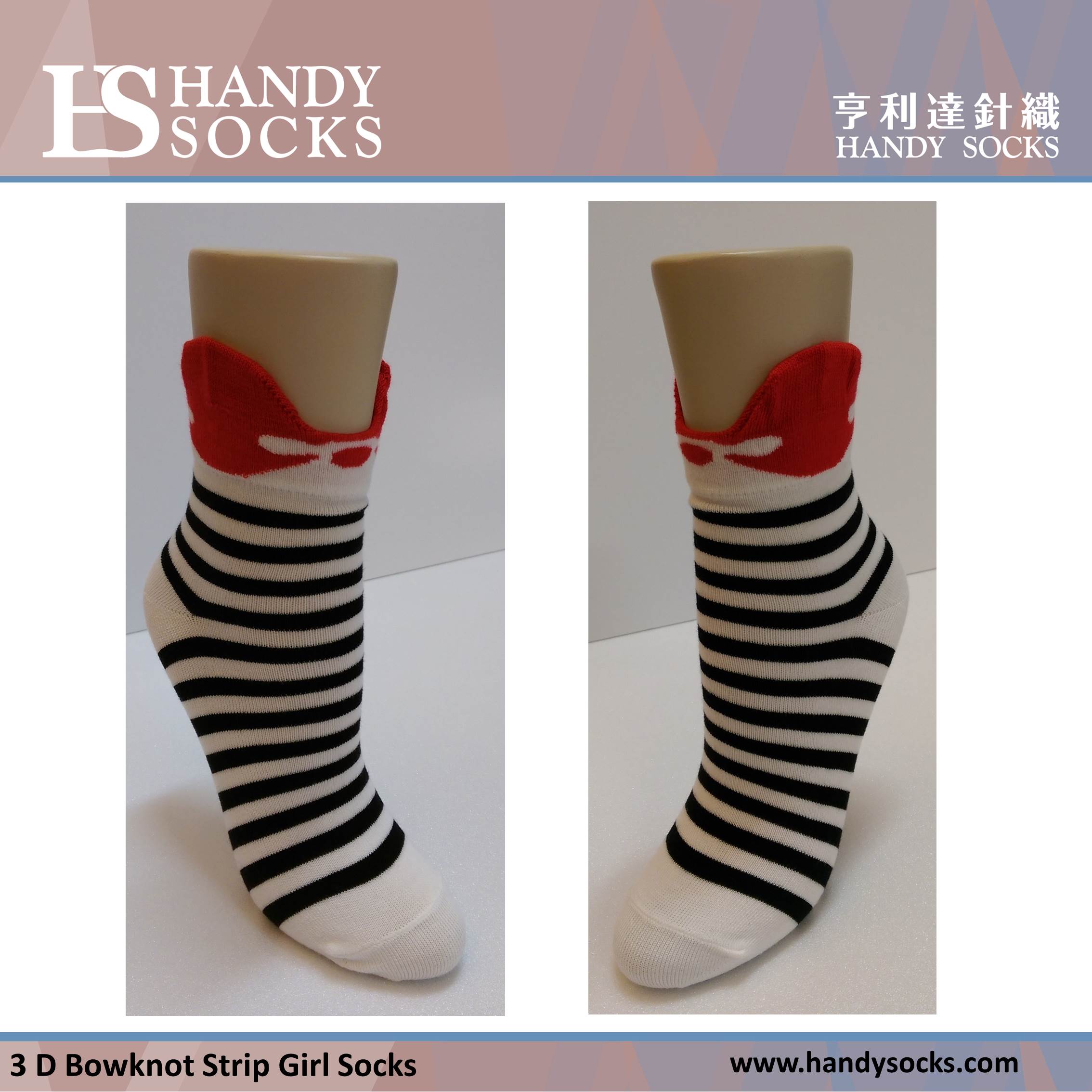
Modern Socks Type
Discover a variety of socks: ankle socks, crew socks, dress socks, sports socks, and compression socks. Each type offers unique features for different occasions and purposes.
-
Invisible Socks
Also called no-show socks. They are shorter than shoes and often go unnoticed when worn. They provide protection for the toes and heel while remaining concealed. They are commonly worn for fashion or leisure purposes.
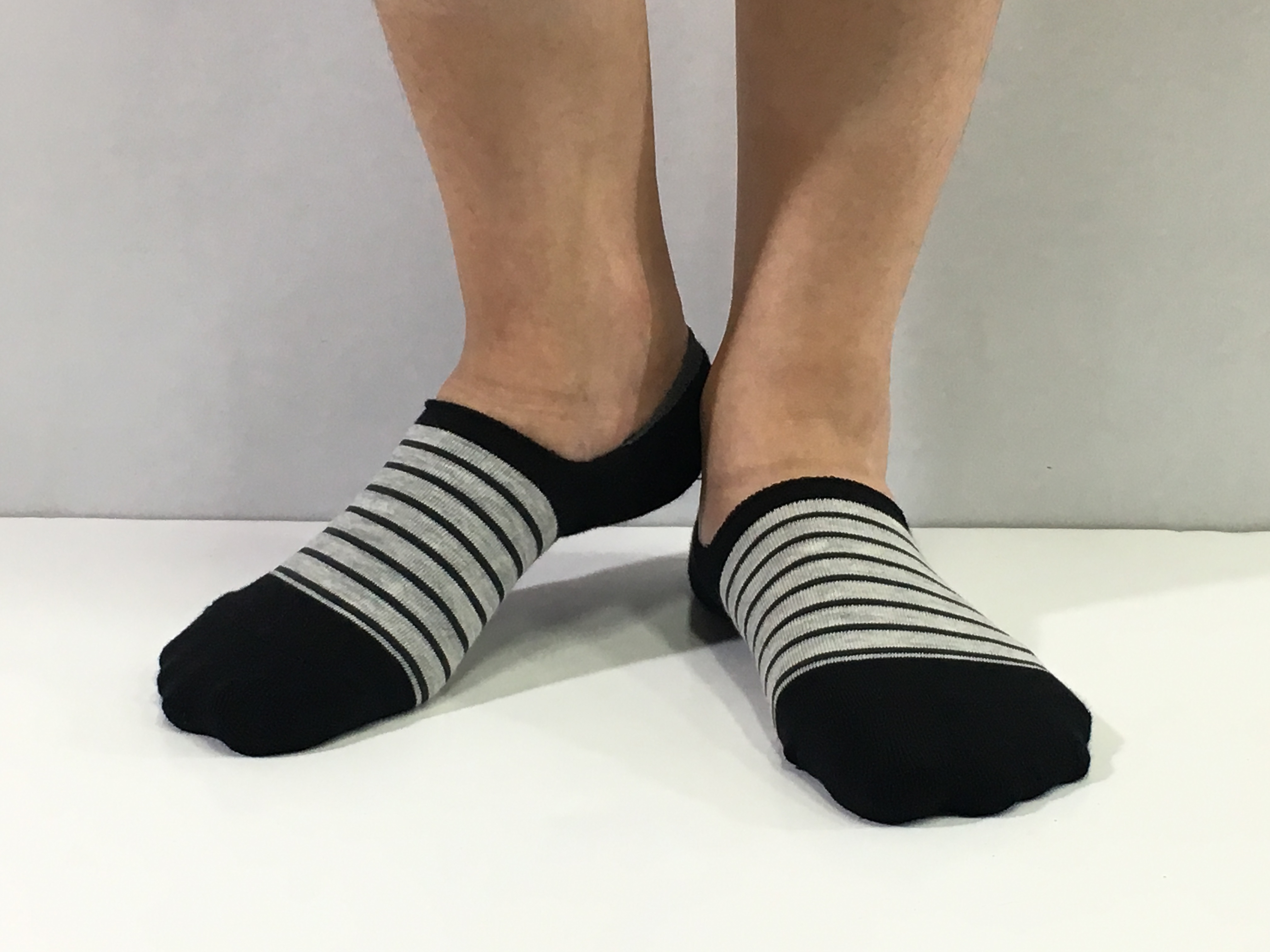
-
Ankle Socks
Ankle socks, also known as low-cut socks, cover only the foot and ankle. These socks are particularly well-suited for pairing with sneakers and other casual footwear.
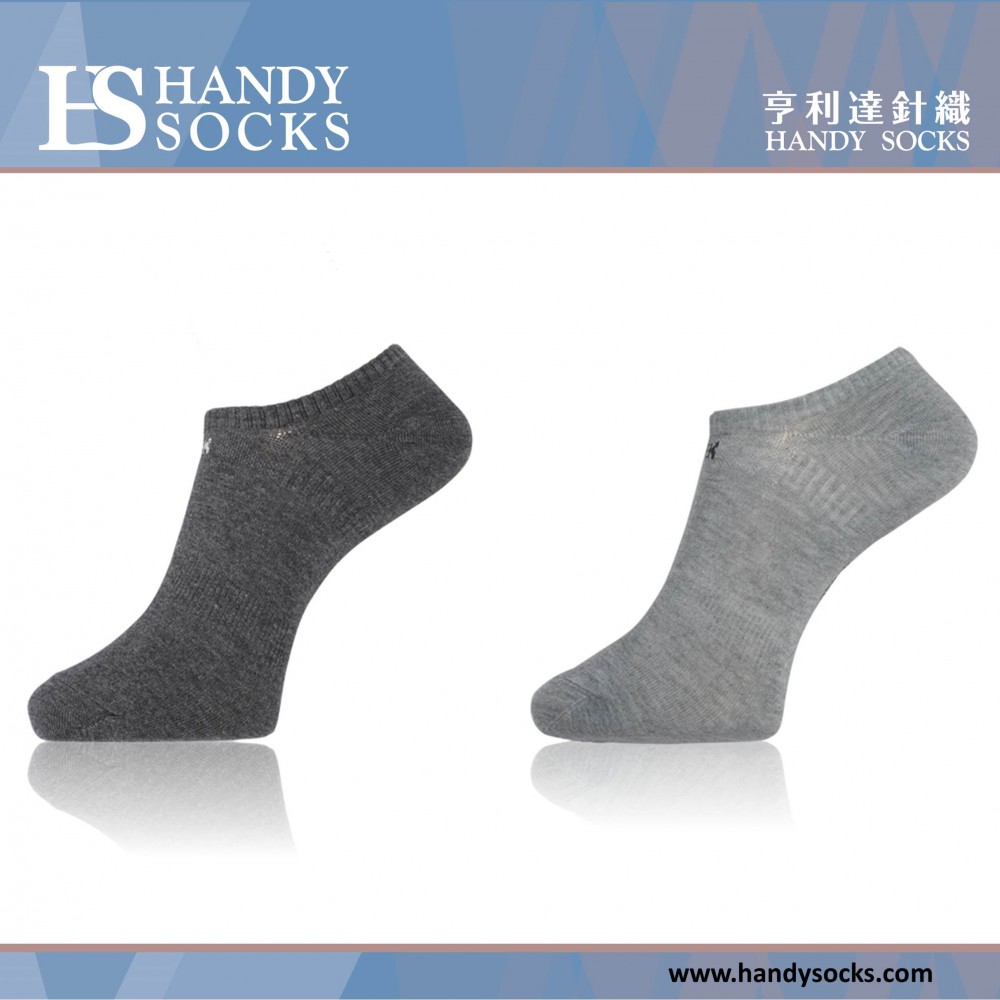
-
Short Socks
Also called quarter-length socks, they are the most common length. They are longer than ankle socks and offer good coverage for heel area. They provide a comfortable fit and are often preferred for everyday casual wear or athletic activities. 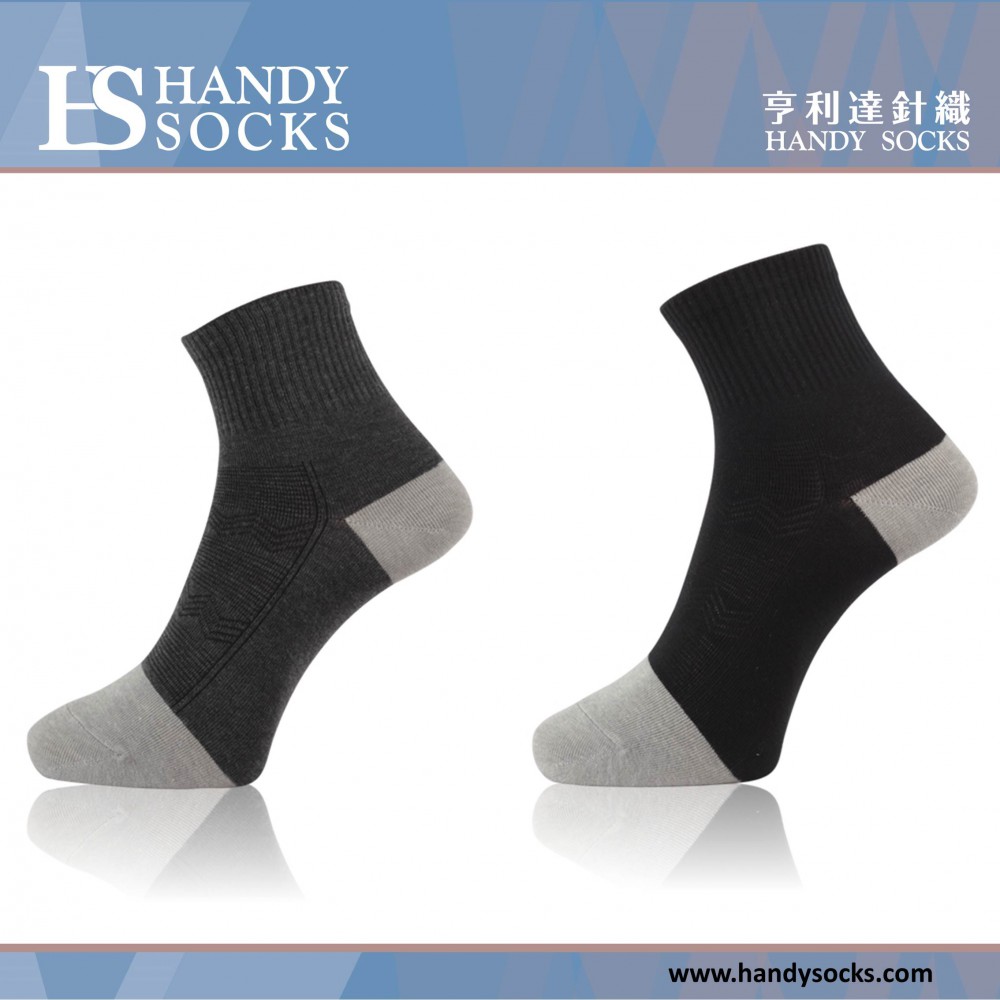
-
Crew Socks
Crew socks, also known as mid-calf socks, are longer than quarter-length socks and can cover the foot and lower leg. They offer more coverage and support, making them a popular choice for sports activities.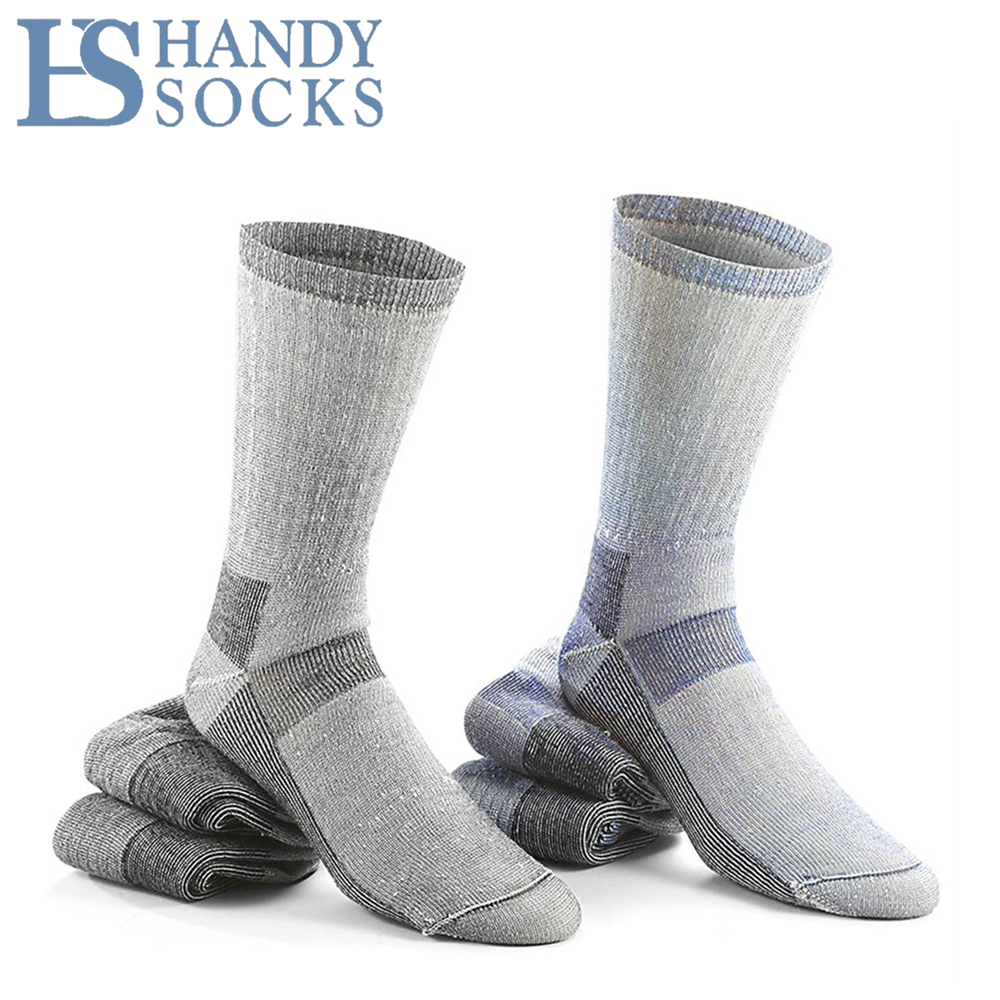
-
Dress Socks
Dress socks are worn with dress shoes and formal attire. They are typically made from materials like cotton, silk or wool. Like HANDY SOCKS’s men dress socks were made with 80% Cotton, 10% Spandex, and 10% Nylon, providing moisture-wicking and excellent elasticity properties that can absorb sweat and dissipate heat, keeping the feet dry and cool. Besides, Dress socks have different colors and patterns. They are an essential part of formal clothing.
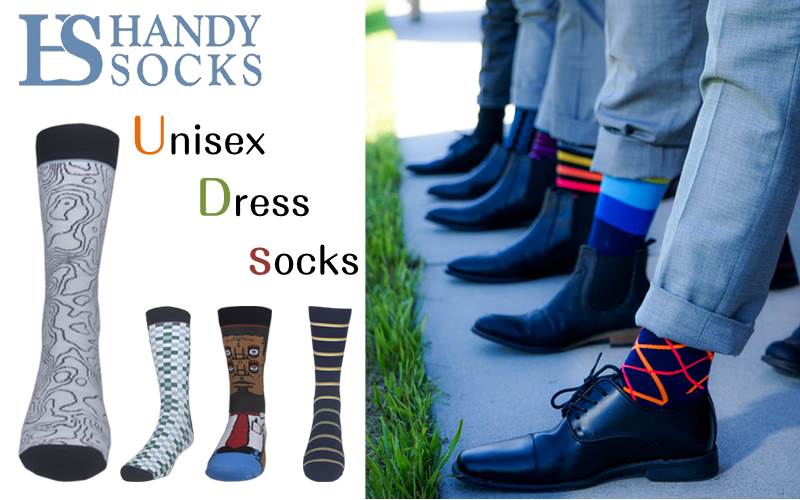
-
Sports Socks
Sports socks offer support, cushioning, and moisture-wicking properties for athletes. They are made from materials like nylon and polyester to prevent blisters. Styles include crew and ankle socks.
-
Compression Socks
Compression socks improve circulation and reduce swelling in the legs and feet. They are suitable for athletes and people who stand or sit for a long time every day. For athletes, HANDY SOCKS’s compression sports socks is the best solution due to its additional air flow and Y-heel seam design.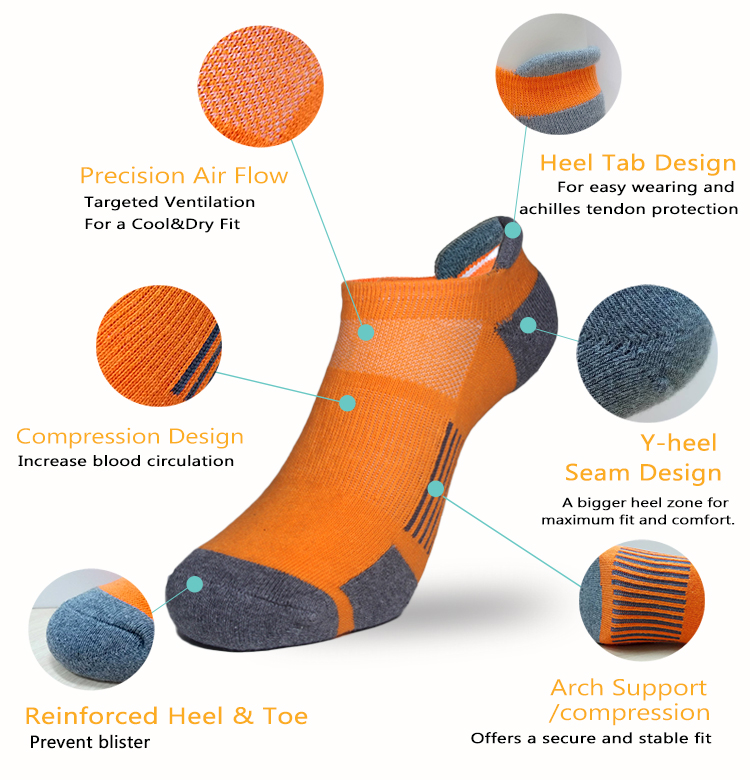
Future Trend of the Sock Industry: Eco-Friendly and Sustainability
In recent years, there has been a growing interest in sustainable and eco-friendly materials, and this has also affected the sock industry. As people become more aware of the impact of their purchases, they are choosing brands that align with their values. Socks are no exception. Sock companies that prioritize sustainability are likely to be more attractive to these consumers.Many sock manufacturers have begun to use natural fibers like bamboo charcoal fiber and organic cotton, as well as recycled materials, in their products. This reflects a larger trend toward sustainability and social responsibility in the sock manufacturing industry. As we continue to prioritize sustainability in all areas of our lives, HANDY SOCKS expects to see further progress in the sock industry and beyond
.

▲Bamboo charcoal fiber socks possess excellent deodorizing and moisture-wicking abilities. They also offer benefits such as far-infrared rays, antibacterial properties, breathability, and the release of negative ions. These qualities make them the ideal choice for anti-odor socks.
Conclusions
Socks have a rich and fascinating history spanning thousands of years, undergoing transformative changes from animal hides to modern industry. From luxury items to mass-produced essentials due to the industrial revolution. We explored sock history in both West and East , leading to diverse designs for different occasions. The industry continues to innovate, using new materials and technologies to produce high-quality socks worldwide.Today, socks play an important role in our daily attire. They offer comfort, style, and functionality. Whether you prefer sports or novelty socks, options abound. Appreciate their evolution next time you wear a pair.
Founded in 1976, HANDY SOCKS is a professional sock manufacturer from Changhua, Taiwan. We offer custom socks and OEM/ODM services. Looking for a reliable socks factory? Contact our team of experts today to learn about our OEM/ODM services and let us create the perfect socks for your needs!
